“The beauty of the world lies in the diversity of it’s people.” – Unknown
Sitting on a small bus on my way back to Panama City, a young mother sits down next to me, exposing her breast to feed her child. I marvel at the casualness at the gesture. Such a simple, natural thing, that no one gives a second thought to, unless you live in North America, where so many woman are shamed for doing what comes naturally. But not the Ngäbe-Buglé.
Like so many other places, Panama is a mix of ethnicities, namely in Panama City thanks to the construction of the canal. Outside the city Panama is home to 7 indigenous groups, with the largest being the Ngäbe-Buglé, located in the Boquete and Isla Colón region.
The Comarca Ngäbe-Buglé, consisting of around 200,000 people, was formed in 1997 when the government granted land rights to this group. Technically the Comarca are made up of two specific groups, the Ngäbe and the Buglé, with the Buglé making up the fewer number of people.
The Ngäbe have very distinct features with high cheekbones, thick straight black hair, tanned skin and short stocky stature. They can typically be seen wearing bright, vibrant colored clothing with triangle designs on them representing the surrounding mountains.
They are a shy people, who mostly keep to themselves. In the past they were not treated well by outsiders and therefore have difficulty trusting them. Prior to the formation of the Comarca their society was disrupted by the spread of banana plantations and the building of the Inter-American Highway through their territory. The erosion of their lands led to many leaving to join the migrant workforce.
One of the largest copper deposits, the Cerro Colorado copper deposit, runs through the Ngäbe-Buglé Comarca. The exploitation of this resource and others led the Ngäbe-Buglé people to fight against Panamanian authorities, evolving into a huge campaign against the violation of human rights.
The Ngäbe-Buglé have a profound love for their ancestors, are brave, loyal and mystical. They have a deep love and respect for their land and their customs. Tradition and culture are at the utmost importance to them and would rather die than give up their cultural traditions. Something that has been lost by so many other cultures.
I was lucky to spend some time in one of the Ngäbe-Buglé communities on a volunteer experience. The small village was nestled in the mountains, along a winding river. Houses were constructed up off the ground on stilts, hidden in the surrounding jungles.
There is a real sense of community here, with small children taking wheelbarrows of eggs and poultry products to be sold, games of soccer being played by the all, and women washing clothes down in the river. Everyone has chickens, dogs roaming the village, seeming to belong to everyone, and a few pigs. The people live traditionally in simple small jungle settings and tend to identify more with their communities than their ethnicity.
Everywhere I looked I was amazed at the little differences in their culture and my own. It was the little things that struck me most. As mentioned at the opening of this post, the way women had no qualms breastfeeding their children in public.
In North America, women are shamed for doing something so natural. Something that their bodies are designed to do. I wished in that moment that all those people who made women feel bad about themselves for trying to feed their children in the most natural and healthy way could see this.
When you step out of your fancy hotel, away from the melting pot of a city, only then do you discover the cultural complexities of a nation. Only there can you let your ego and preconceived notions fall away, becoming open to the possibilities, open to something more than what our own society deems “correct.”
My eyes became open to so many things while I spent time with the Ngäbe-Buglé. There was a beautiful simplicity in their lives, a deep love for one another and their land. There was a casual authenticity in the people. They were not ashamed of who they are, their lives, or their bodies.
Society has not impacted their strong sense of self, nor has it broken their sense of community, something I think so many North Americans have lost. There is a serious loss of attachment to our communities and to the environment that provides us.
We no longer have that connection to life, only to things and our own egos. But the Ngäbe-Buglé have never lost that, making the stronger as a unit and as an individual. I think we could learn a lot from them.
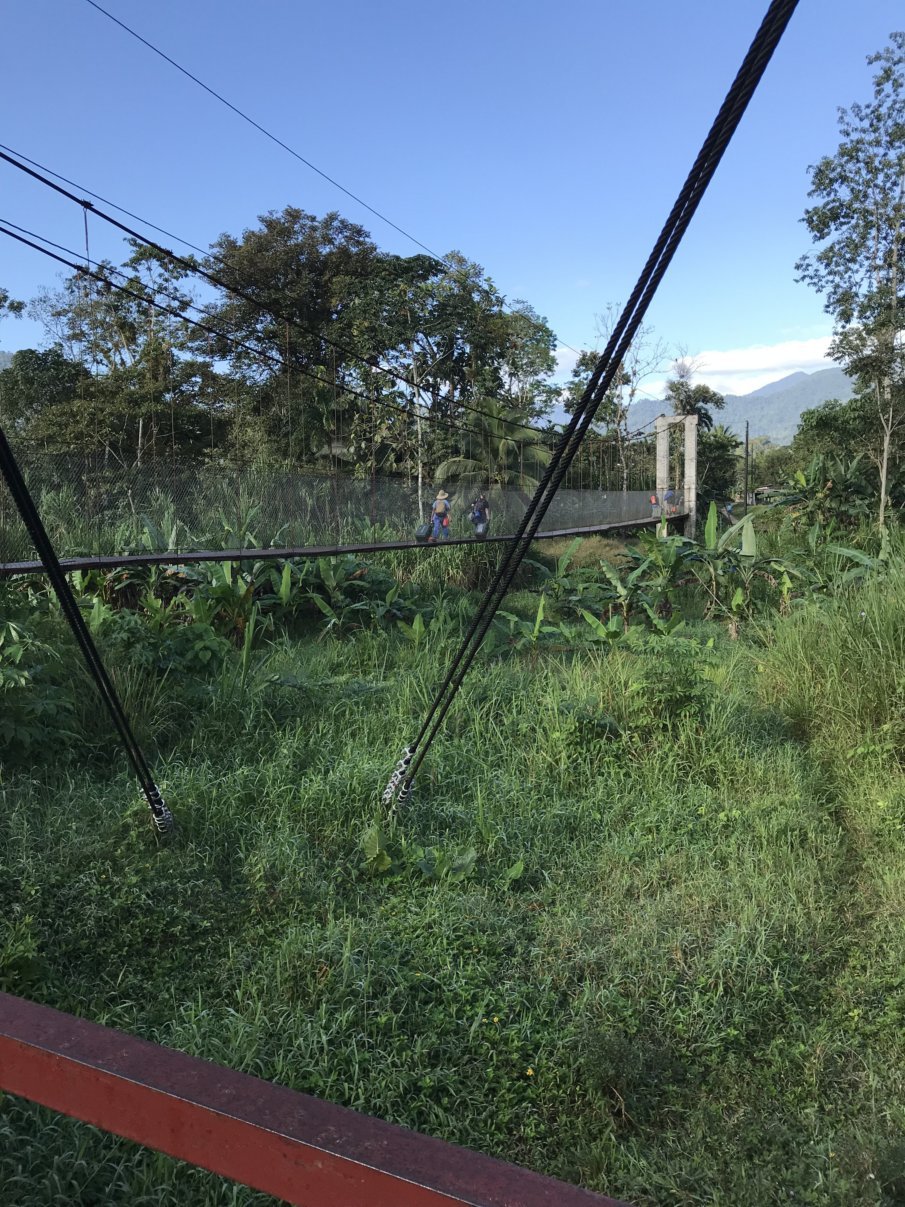
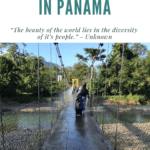
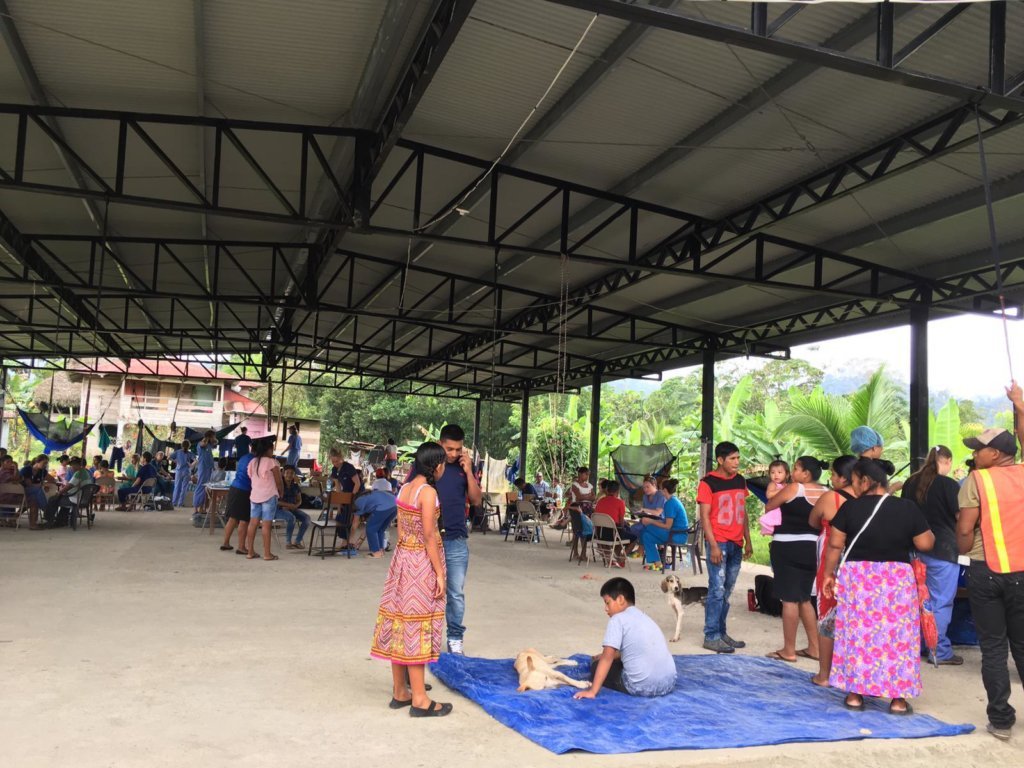
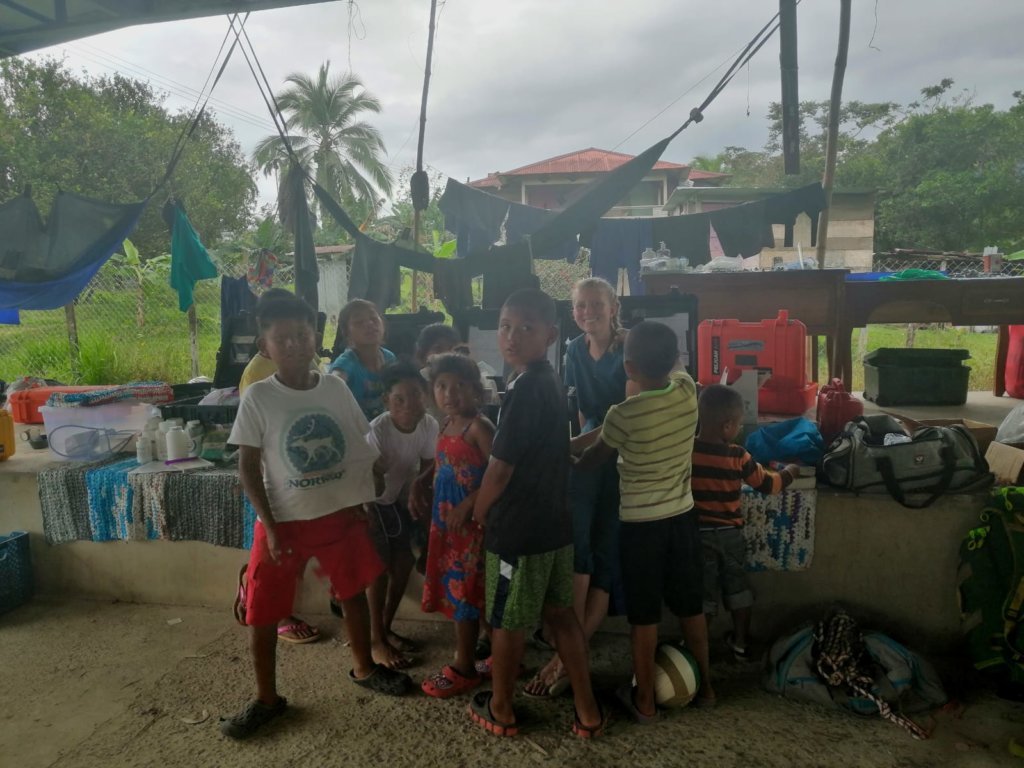
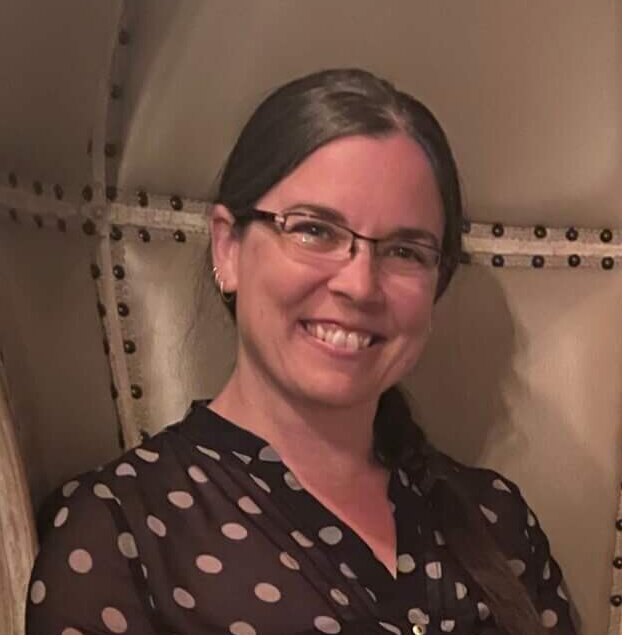
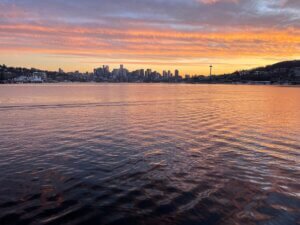
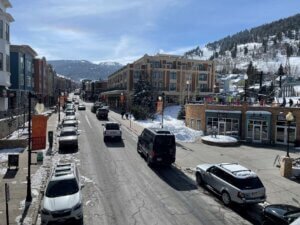
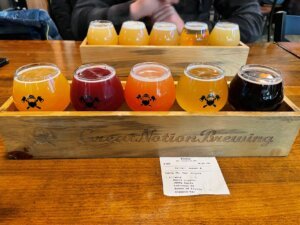
Comments
Pingback: Seeking Geisha Coffee in Panama City - Wandering with a Dromomaniac
Pingback: Volunteering with Floating Doctors - Wandering with a Dromomaniac